
There are slight differences in chemical composition between 316 and 316L stainless steel. 316 stainless steel has a higher carbon content, while 316L has a lower carbon content. Due to the difference in carbon content, 316L stainless steel has better corrosion resistance and is particularly suitable for environments with high corrosion resistance requirements, such as chemical and marine fields.
Another difference lies in the welding characteristics. Due to its low carbon content, 316L has better welding performance, which helps reduce the occurrence of grain formation and provides better corrosion resistance after welding. In contrast, 316 stainless steel may experience grain formation during the welding process, which can affect its performance.
Overall, whether to choose 316 or 316L stainless steel depends on specific needs. If higher corrosion resistance and welding performance are required, it is recommended to use 316L stainless steel; For general requirements, 316 stainless steel is also a reliable choice. Choosing the most suitable material based on the specific usage environment and requirements will help ensure the performance and durability of the material.
Just like you, 70% customers choose long-term cooperation with BBN steel not only for our good product and service quality, good reputation in the international market, but also for our experienced one-stop raw material supply and further steel processing!


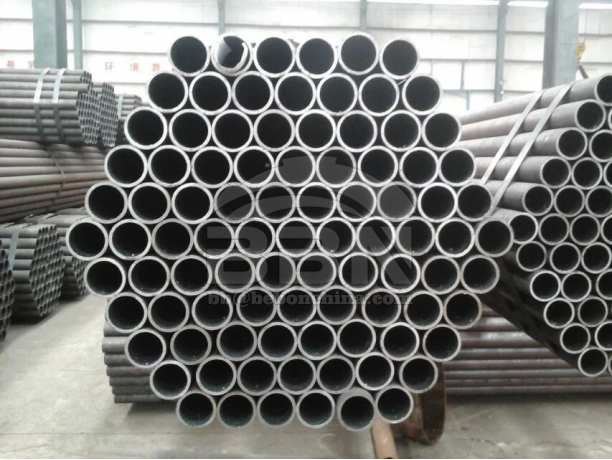
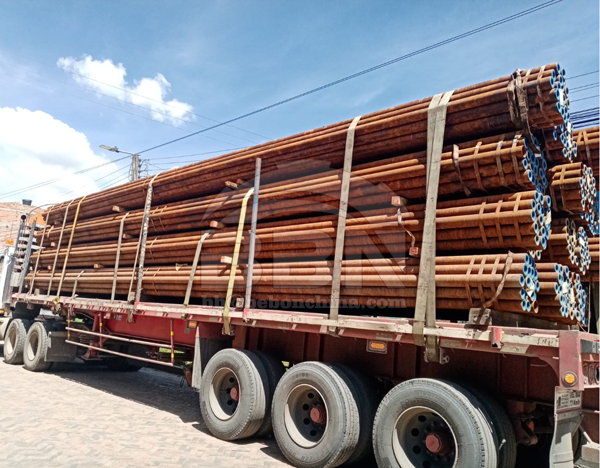
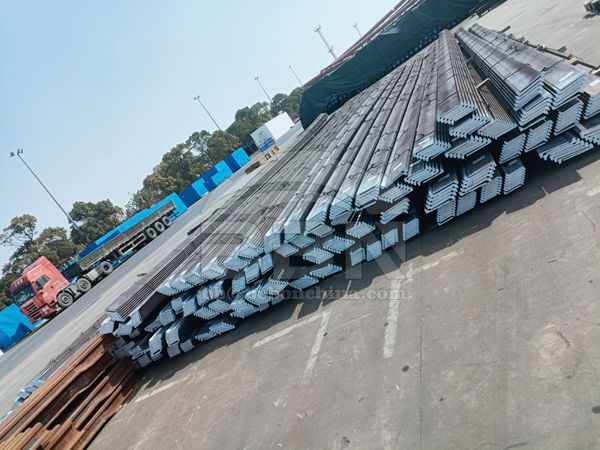
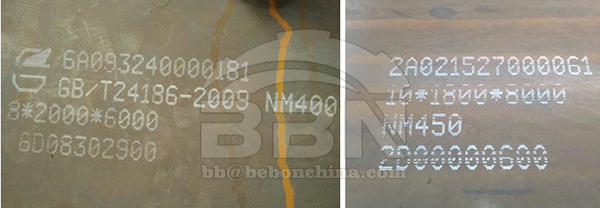

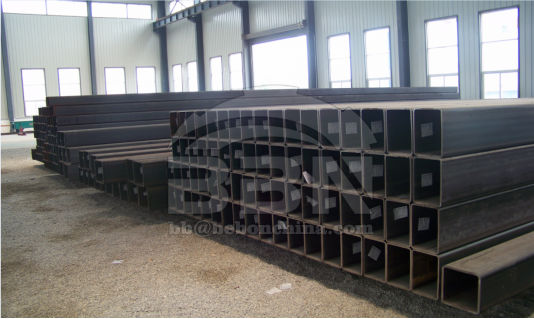
Henan BEBON Iron&Steel co.,ltd.